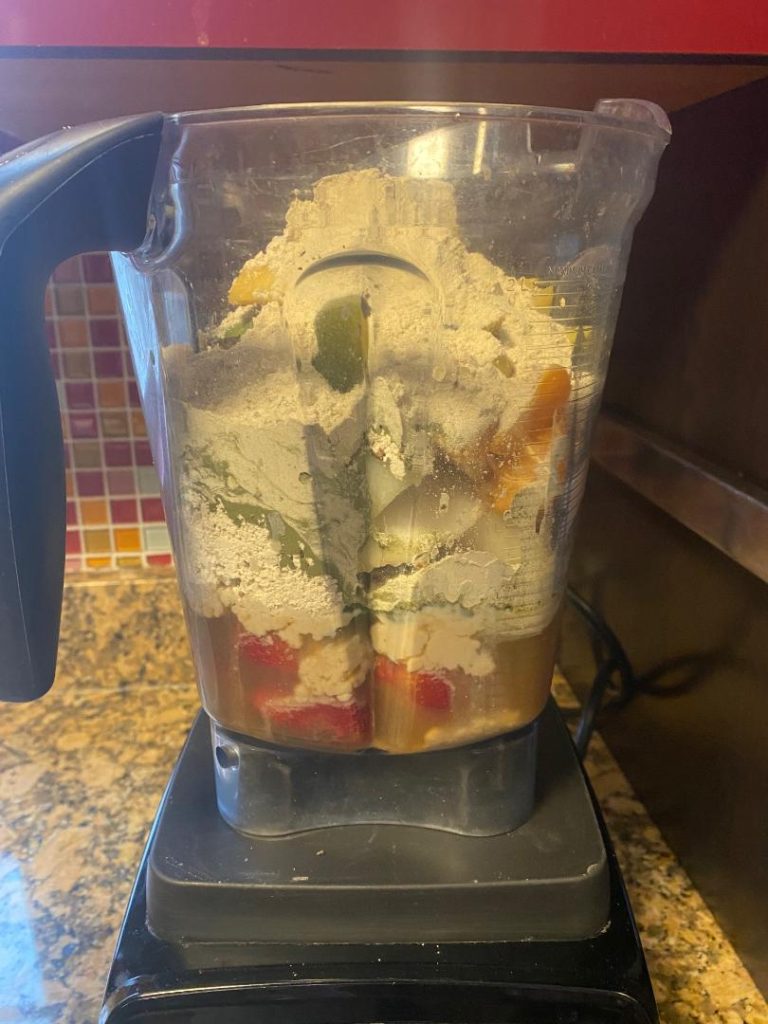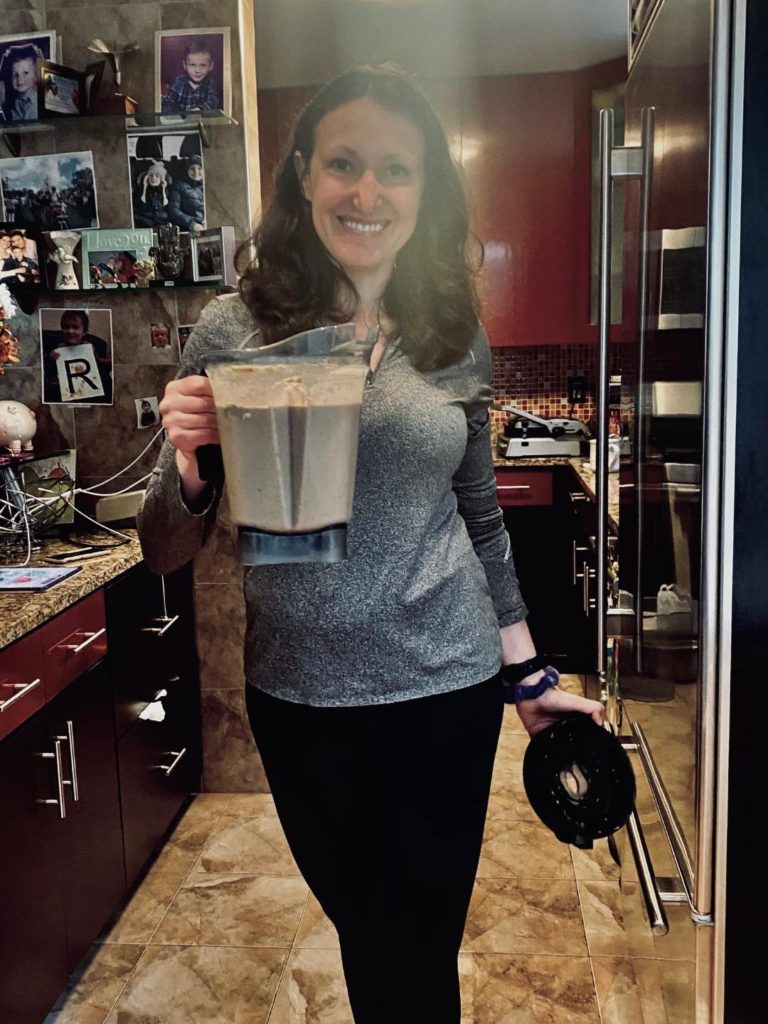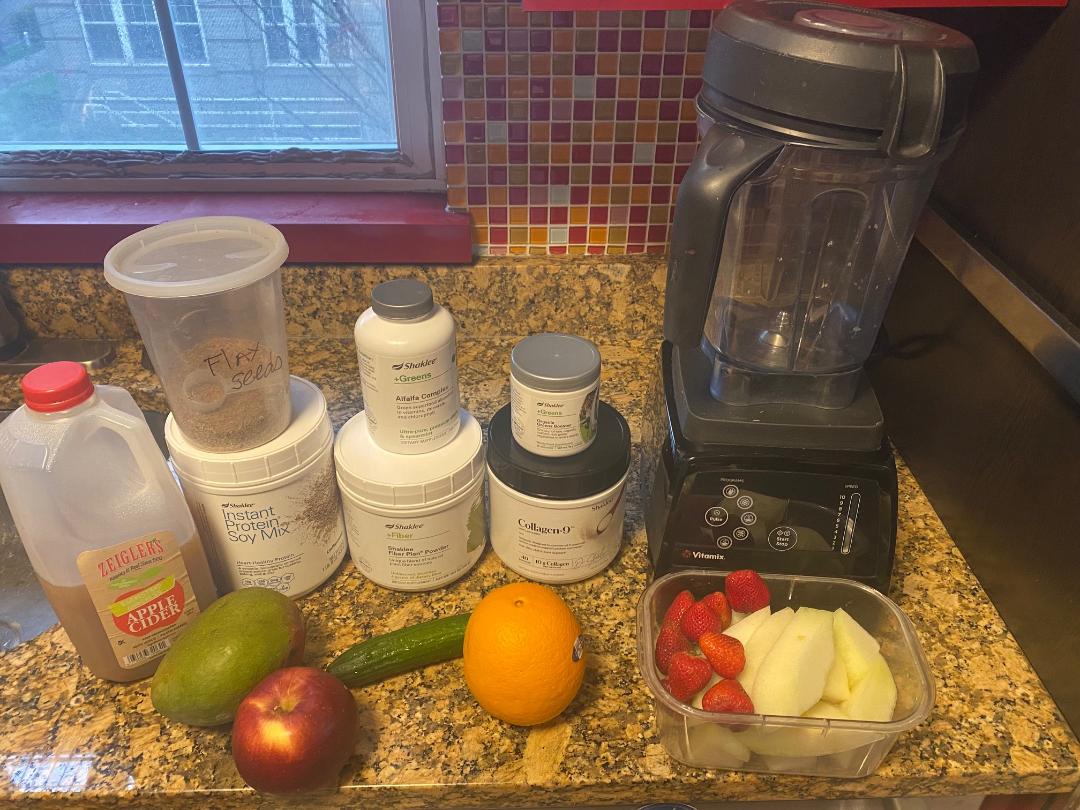A smoothie is a beverage made of pureeing fruit and vegetables in a blender. Smoothies usually have a liquid base and can have added protein and nutritional supplements.
Smoothies came about in the 1930s with the invention of the electric blender. They were first sold in health food stores on the West Coast of the United States. Smoothie King was the first pioneer of the smoothie business.
With the right ingredients, smoothies can make healthy nutritious easy to consume high-fiber meals full of vital nutrients and vitamins. Add the wrong ingredients, such as high fructose sweeteners, however, and they can turn into your worst high calorie, high sugar nightmare.
Which Blender To Use
That depends on how often you will be making smoothies and the type of ingredients you plan on using. If you plan on making smoothies regularly and you will be adding fibrous and hard foods as part of the ingredient list, I strongly suggest you invest in a high-speed blender, High-speed blenders have very powerful motors, which make blending much quicker and easier. Their containers are made of super-strong, high grade-plastic as glass can shatter from the high friction and they contain 1,000 – 1,500 watt motors.
When I first embarked on my greens smoothie making journey, I owned a regular Cuisinart blender for under $100. It was a pain in the butt as it took me up to a half an hour to properly blend my greens in small batches. After about a year, the motor broke. My parents gave me their old blender, which they no longer used, as they purchased a new high-speed blender for themselves, and I continued to struggle with my smoothies-making routine. Finally, in December 2016, my ex-husband (then husband) finally got me a high-speed blender as a birthday present that made me realize what I was missing for all smoothie making life.
The difference between using a regular blender versus a high speed blender is a night and day experience. My new blender was and still is a Vitamix 780, which ran for a little under $800 in 2016. It has a 10 year warranty program, which I utilized when one of my blades broke some five years later. The company was very easy to deal with and sent me a new replacement container within a matter of a few days.
If you will be making smoothies regularly, the money is well worth it but definitely research comparable companies that offer cheaper options, such as other models of Vitamix, Ninja, Breville, Blendtec, KitchenAid, Oster, and NutriBullet. My blender also offers soup and ice cream features, which you may not need.
Benefits of a high-speed blender include:
- Accepts larger sized pieces so you don’t have to waste time chopping your ingredients into pea sized shapes;
- Accepts frozen fruit for sorbet texture smoothie;
- Does not require as much liquid to blend for a thicker smoothie option;
- Blends to a smoother finer consistency;
- Easily blends fibrous and hard foods, such as broccoli stems, kale, collard greens, swiss chard, dried fruit, and nuts;
- Blends ingredients quickly
Ingredients For A Healthy Smoothie
- Liquid base with no added sugar, such as water, coconut water, fresh-squeezed or natural juice, kefir, dairy or non-dairy milk
- Healthy fats, such as avocados and/or raw and unsalted nuts, nut butters, seeds
- Superfoods/nutritional boosters –
- roots – such as ginger and turmeric
- spices – such as cinnamon, ginger, turmeric
- herbs;
- spirulina;
- cocoa powder;
- collagen – should include all 9 essential amino acids
- matcha powder;
- protein powder
- Raw, frozen, or powdered leafy greens*- it’s best to rotate your greens, especially if you consume smoothies on a daily basis, as consuming large quantities of the same green veggies every day can cause alkaloid buildup. Try to rotate greens from different families at least once a week:
- Amaranthaceae/chenopodiaceae – spinach, beet greens, chard
- Crucifers/Brassicaceae – kale, collard greens, arugula, cabbage, radish greens, mustard greens, bok choy, broccoli, brussels sprouts
- Asteraceae – dandelion greens, romaine lettuce, leaf lettuce, endive
- Apiaceae – celery, cilantro, carrot tops, parsley, dill
- Raw, frozen, and, dried, and/or cooked vegetables/fruit/berries. I also occasionally like to use cooked pumpkin, squash, and sweet potatoes.
I purposely left out exact proportions as that is preferential. Play around with it to figure out what works best for your taste. Less liquid makes for a thicker smoothie. More fat makes for a more fatty smoothie. More fruit makes a sweeter smoothie.
* A tip about tolerating the taste of leafy bitter flavorful greens such as collard greens and chard in your smoothies – dilute the taste with citrus fruit, especially grapefruit.
My Sample Smoothie
- Liquid: Apple Cider
- Healthy fat: ground flax seeds
- Superfoods/nutritional boosters:
- Psyllium Husks for fiber
- Collagen with 9 essential amino acids
- 20 g ultra-pure, non-GMO Instant Protein Soy Mix powered by Leucine
- Leafy greens: Organic Greens Booster (includes a powdered blend of organic kale, spinach, and broccoli) and Alfalfa
- Vegetables/fruit/berries: cucumber, mango, apple, orange, strawberries, and honeydew melon
Blend and enjoy! Please share your favorite smoothie ingredients!






